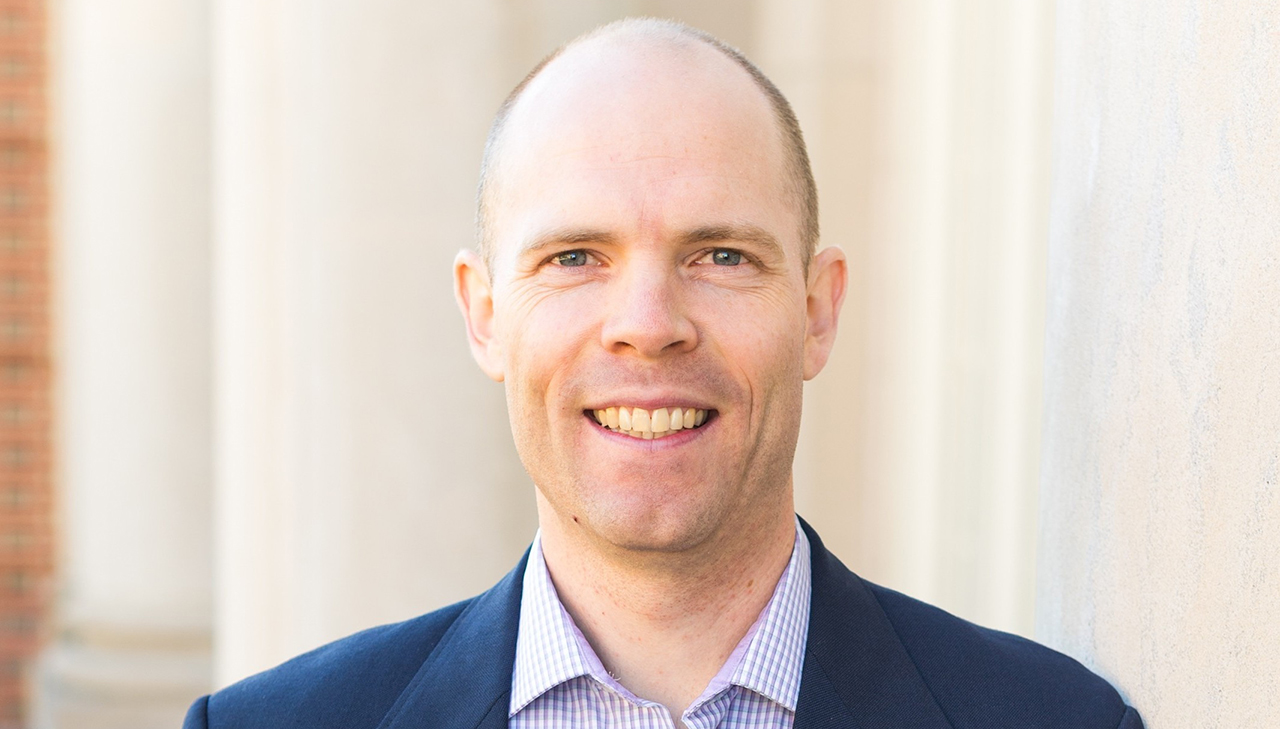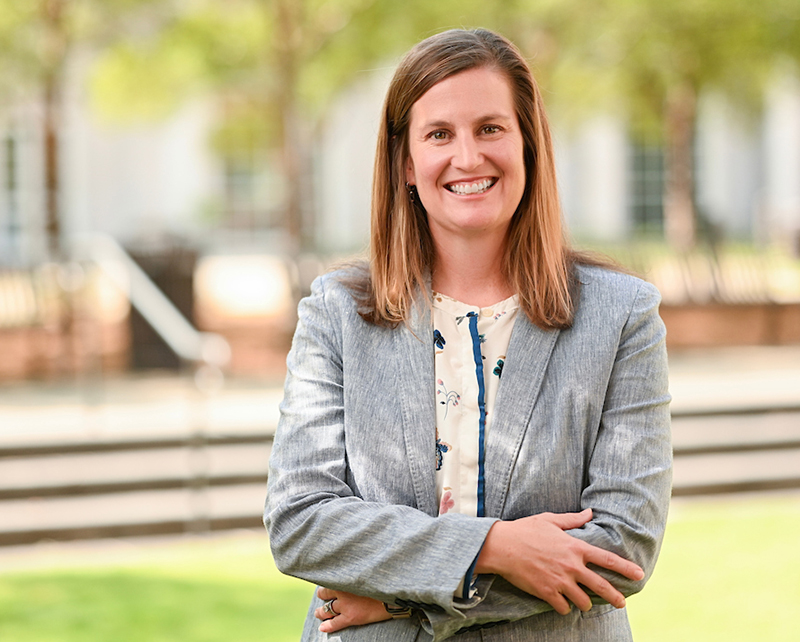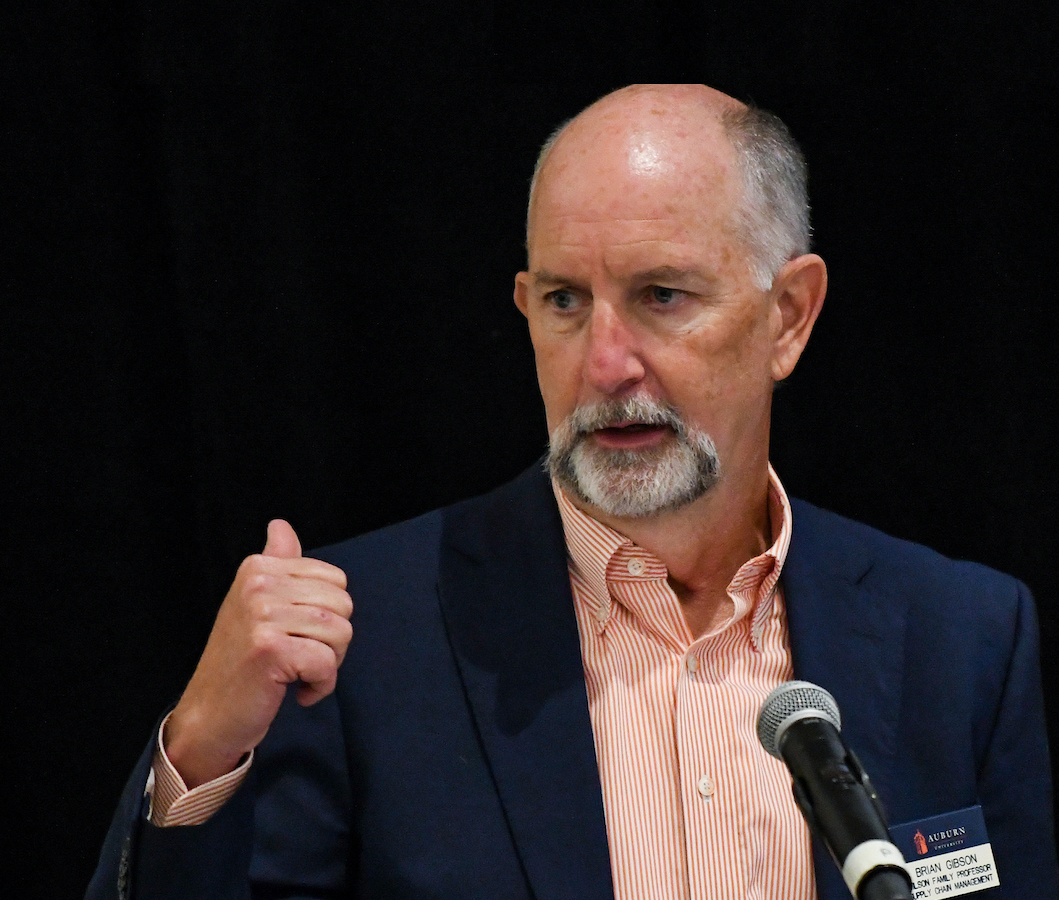 Building a storm-resistant, Fortified home increases the value of a property by nearly 7 percent and mitigates potential
damage, a recent study shows. Harris Hollans’ co-authored paper, “Estimating the Effect
of Fortified Home Construction on Home Resale Value,” revealed that the benefits of
sturdy construction outweigh the cost.
Building a storm-resistant, Fortified home increases the value of a property by nearly 7 percent and mitigates potential
damage, a recent study shows. Harris Hollans’ co-authored paper, “Estimating the Effect
of Fortified Home Construction on Home Resale Value,” revealed that the benefits of
sturdy construction outweigh the cost.
“We realize there is a cost, but our study shows that there is a positive dollar benefit
from the fortification,” said Hollans, an associate professor in real estate and finance at Harbert College. “Then this becomes a cost-benefit analysis. One, you have a solid
structure with a well-designed, frame to it that may potentially last longer – so
the repair and maintenance side might be reduced. Also, most of the insurance companies
will give you a reduction on your premium for the home being designated as Fortified.
This will reduce your mortgage payment.”
Researchers collected sales data provided by the Insurance Institute for Business and Home Safety (IBHS) from fortified and non-fortified homes in Baldwin and Mobile counties from
2004 through the first quarter of 2016. Baldwin County, with a population of 203,709
in 2015, is the fastest-growing county in Alabama. With its sandy beaches and proximity
to Mobile and Pensacola, Florida, people are flocking to the coast – which includes
popular vacation destinations Orange Beach and Gulf Shores. New homes and condos continue
to rise.
Hurricane Ivan, a Category 3 storm, made landfall near Gulf Shores in 2004, wiping
out hundreds of homes, and causing $14.2 billion in damages, according to NOAA. In
1979, Hurricane Frederic struck made landfall at Dauphin Island in southern Mobile
County, with damages estimated at $2.3 billion.
“We haven’t had one in years,” said Hollans, who played a key role in analyzing data
for the report. “What ends up happening is we have a major hurricane event and the
insurance companies pull out and stop insuring or they raise rates. Then we go several
years and nothing happens, so they start trickling back in and people start building
more houses. People let their guard down and start building houses to whatever minimal
standards they can to meet codes. If the codes aren’t adequate to facilitate the quality
needed to make sure everything is standing after a hurricane, then we sustain big
losses again.
But is there a way to improve that situation by simply improving the property?
One of the routes taken over the last few decades was to increase the building code
standards, but communities at the local level must adopt those standards. Often, one
county will have relatively stringent building codes, and a neighboring county won’t.
The IBHS created a market-based approach to get around that by identifying standards
for building construction. Thus, Fortified homes were born.
Fortified homes (for new or existing properties) are designated by the IBHS based
on construction standards, which Hollans said begins with a more solid, sealed roof.
“Roofing is the biggest impact area in a windstorm type of event,” Hollans said. “If
you improve the structural integrity of the roof, you’re going to significantly mitigate
the damage to the house and there may be a nominal amount of cleanup.”
The report was presented at an August 3 White House Forum on Smart Finance for Disaster
Resilience by the IBHS and University of Alabama’s Insurance Research Center.
“The bigger question of these White House panels is ‘What can government do to promote
the reduction of risk across the board?’” Hollans asked.
“A study like this shows there is a value generated by doing this beyond the cost
– you’re going to get something in return.”
Hollans teamed with Sebastian Awondo (University of Alabama), Lawrence Powell (University
of Alabama), and Chip Wade (University of Mississippi) on the report, which was sponsored
by the Alabama Center for Insurance Information and Research.

 Degrees & Programs
Degrees & Programs
 Faculty & Staff
Faculty & Staff
 Career Development
Career Development
 Recruiters & Industry
Recruiters & Industry
 Building a storm-resistant,
Building a storm-resistant,

